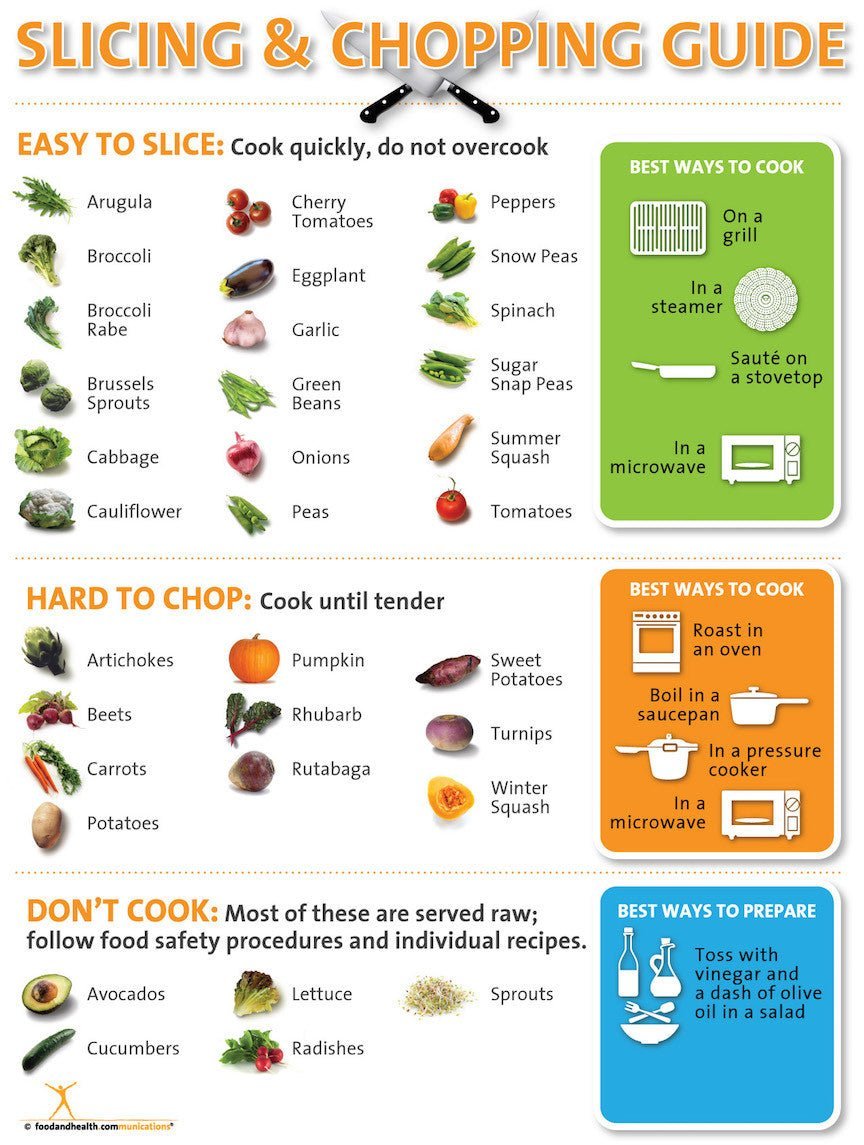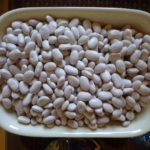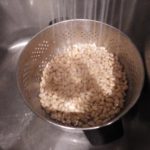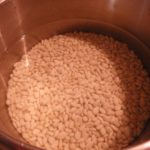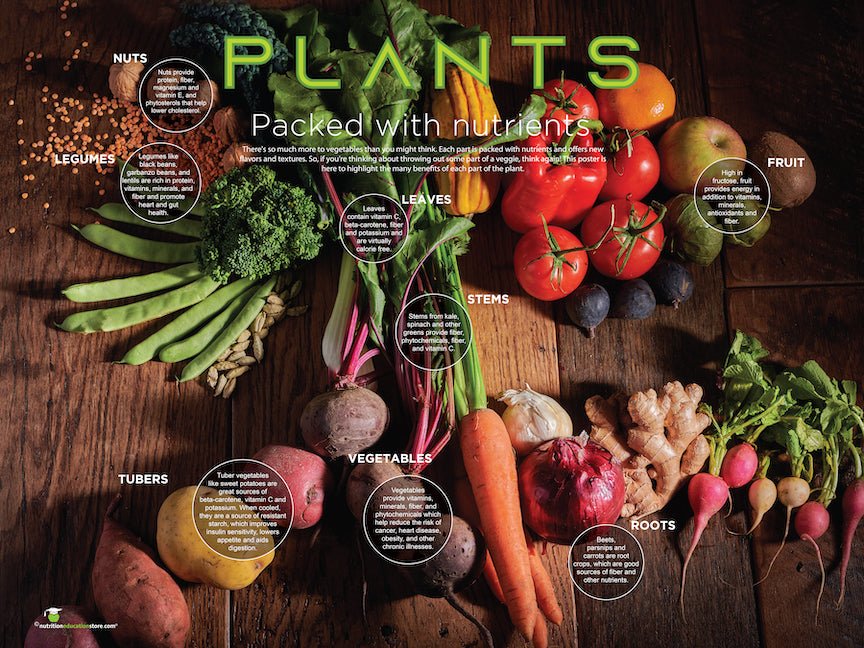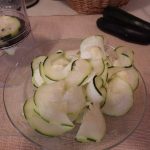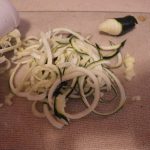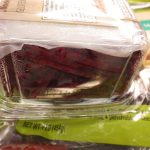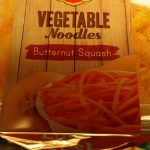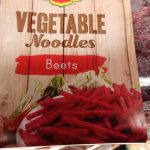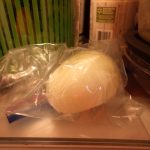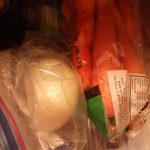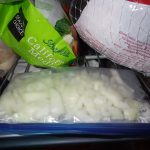September is National Fruits & Veggies Month. While most people love the sweetness of fruit, many just don’t like (or eat) their vegetables.
You can change this by shining the spotlight on vegetables and fruits all month long with our posters, prizes, floor stickers, and health fair materials.
Here are three ways to get your students, clients, or employees engaged with Fruits & Veggies Month and, hopefully, convince them to give vegetables a chance:
- Take the pledge. The Produce for Better Health Foundation invites you to take the Have a Plant Pledge to add one more fruit or veggie to your daily routine for a month. Give extra points for those who add vegetables!
- Make friends. If you’re not comfortable preparing certain vegetables, our Slicing, Chopping & Cooking Guide for Vegetables poster (which comes with a free handout) will help make all types of veggies welcome in your kitchen.
- Cheer for the underdog. Stand up for veggies that get a bad rap, like Brussels sprouts, beets, turnips, and even potatoes. Find recipes in the MyPlate Kitchen, where you can search by food group or a specific fruit or vegetable.
Keep fruits and vegetables front and center all year long! FYI:
- September is also National Mushroom Month and National Potato Month
- October is National Apple Month and National Cranberry Month
- November has National Fig Week and National Pomegranate Month
By Hollis Bass, MEd, RD, LD




